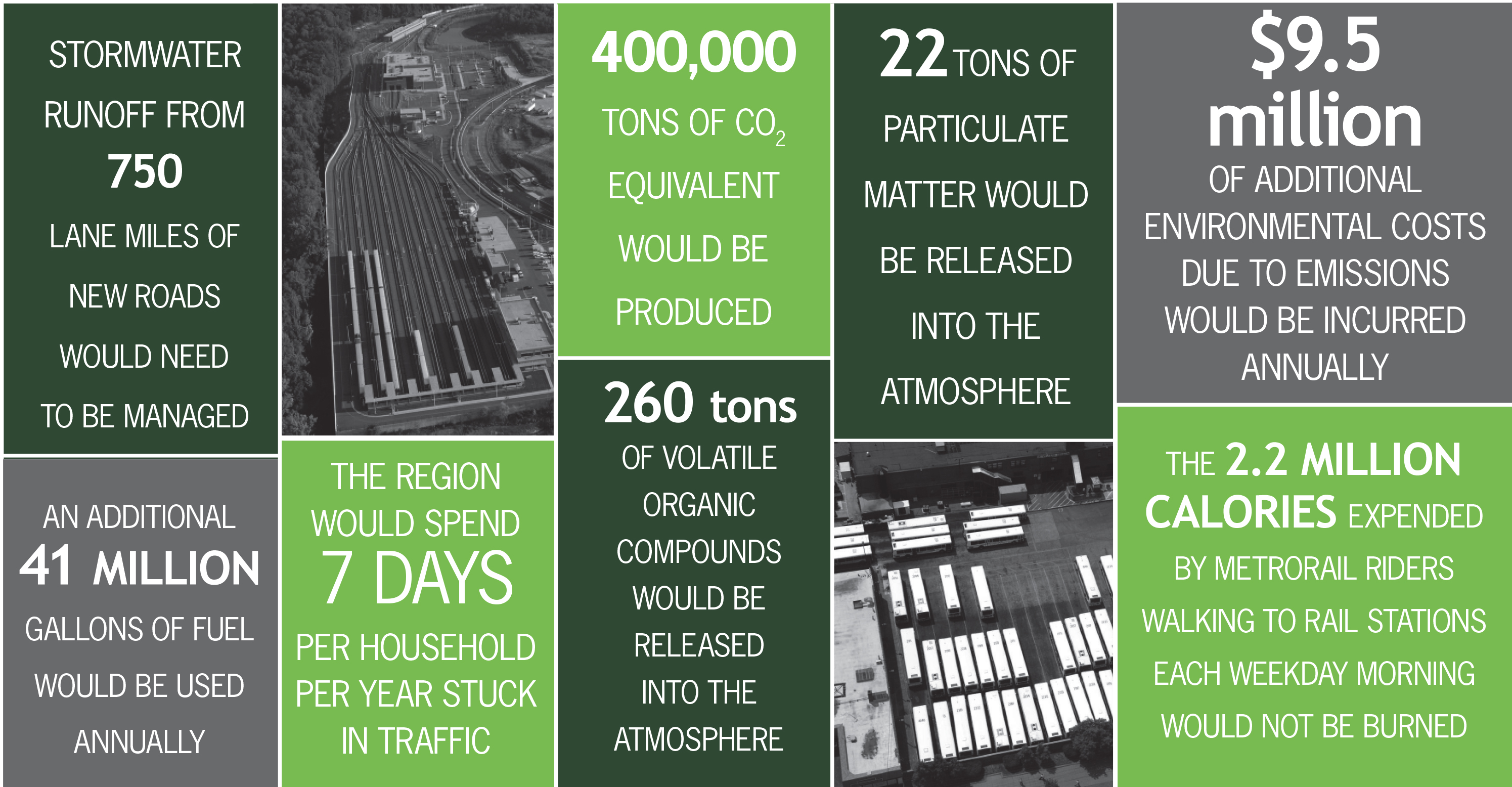Does Transit Yield its Promised Economic Benefits? A 1969 Perspective.
The actual economic benefits of Metro far exceed what planners estimated in 1969, and it’s worth remembering as we consider future transit investments.
In the late 1960s, when Metrorail was nearly about to begin construction, Metro published a forecast of the economic benefits of Metrorail. The report made rosy projections of the all the travel time and costs the network, then a 97-mile proposed rail system, would bring. (It also included photos of the pretty awesome 3-D model of a station, including maybe a one-car train?). Now, four decades later, were the projections right? Has Metrorail produced the benefits we thought? The answer is yes, and then some.
At the time this report came out, the region was about to make a substantial investment in public transit , probably not unlike today, where we face real choices about whether to invest in Metro 2025 initiatives such as 8-car trains, the Purple Line, or bus lanes. To quote the report,
Metro is ready for construction. The routes have been selected. The program for local financing has been approved.
How feasible is Metro? Who will benefit? Will the benefits justify the costs? Is Metro a good public investment for the National Capital Region and its financial partner, the federal government?
The report tallied up all the time savings to riders – former motorists, former bus riders, and truckers – as well as the travel cost savings like avoided parking, vehicle savings, operating cost savings, and more. It concluded that Metro would save $186 million per year in 1990$, roughly equivalent to $310 million/year in today’s dollars after adjusting for inflation. Read more…




Recent Comments